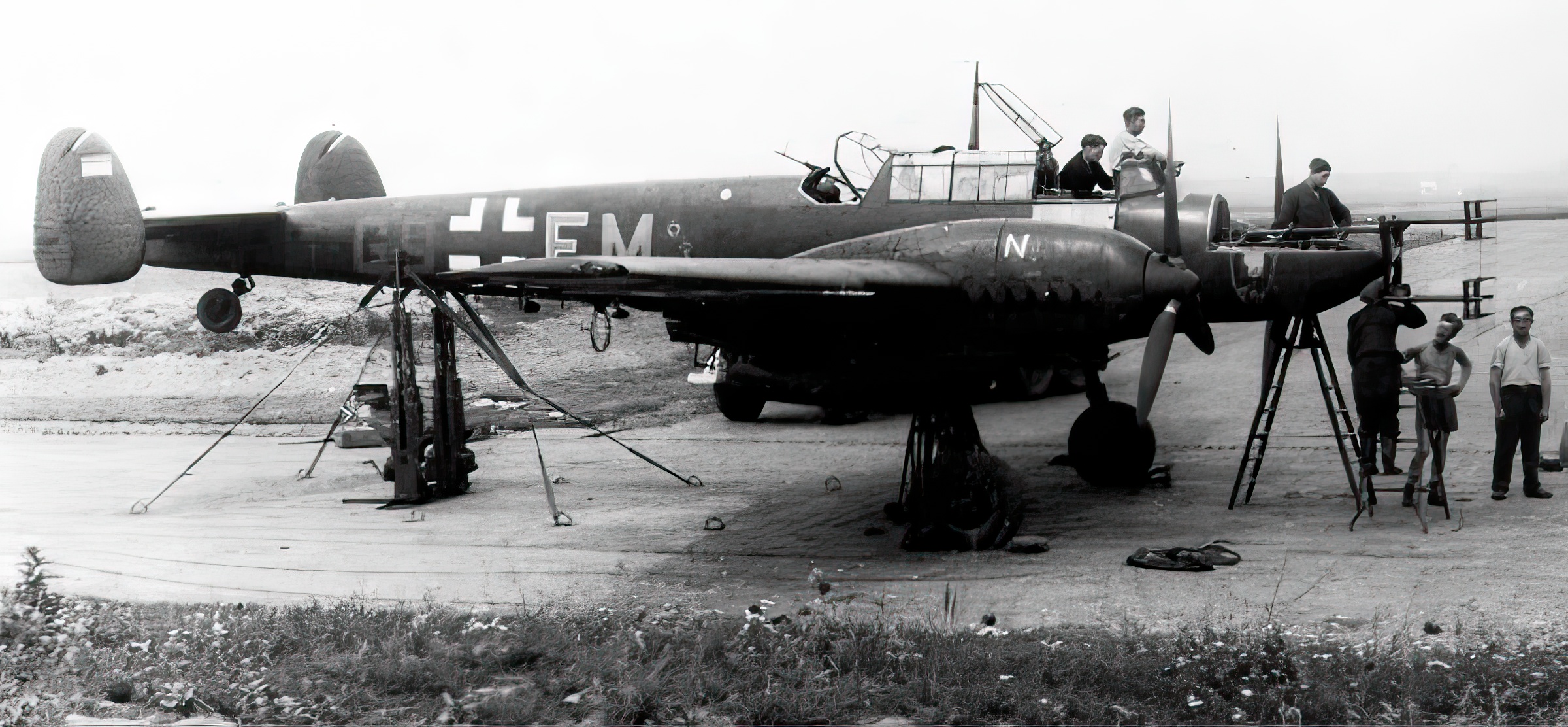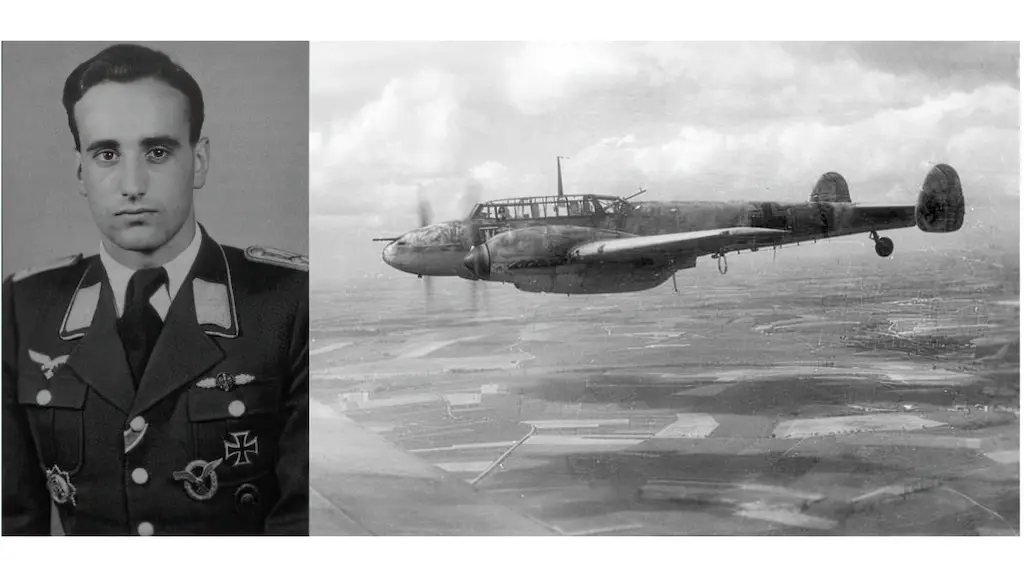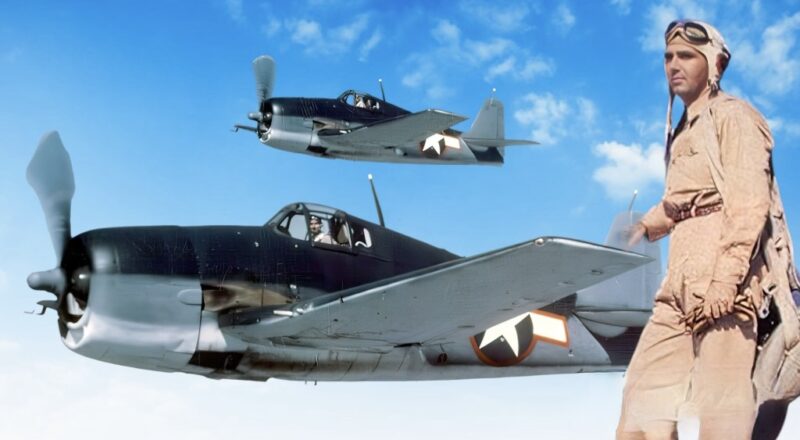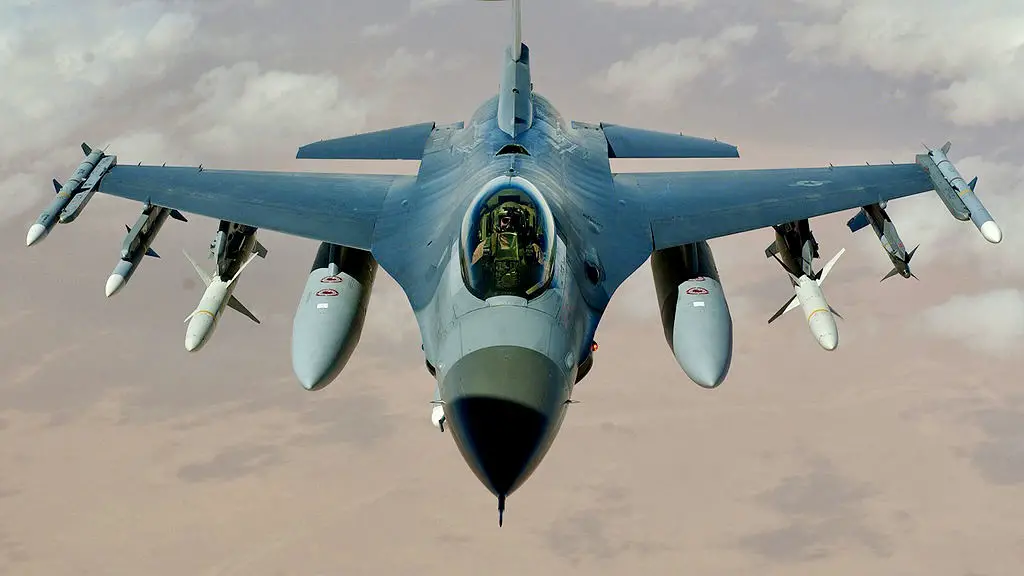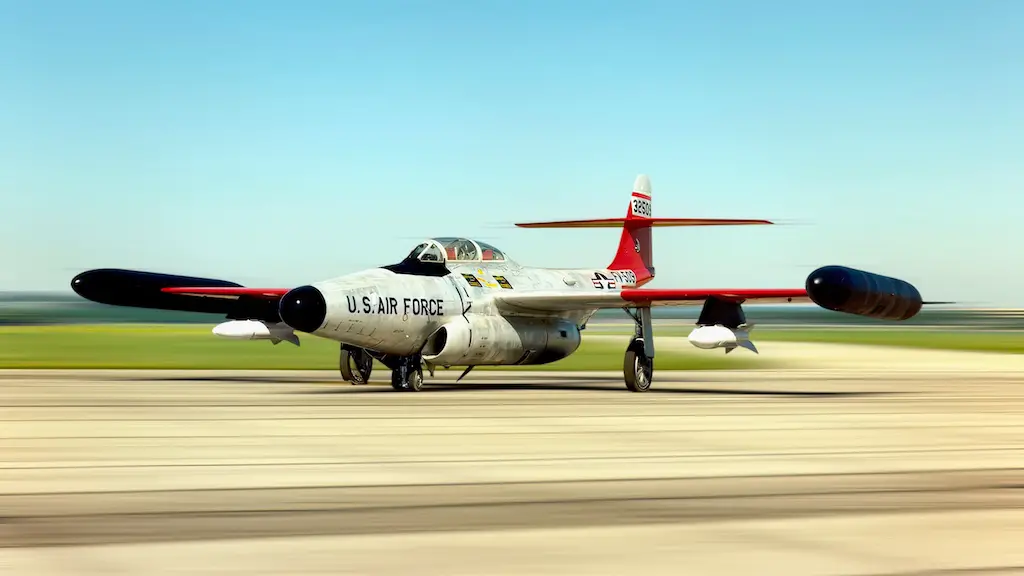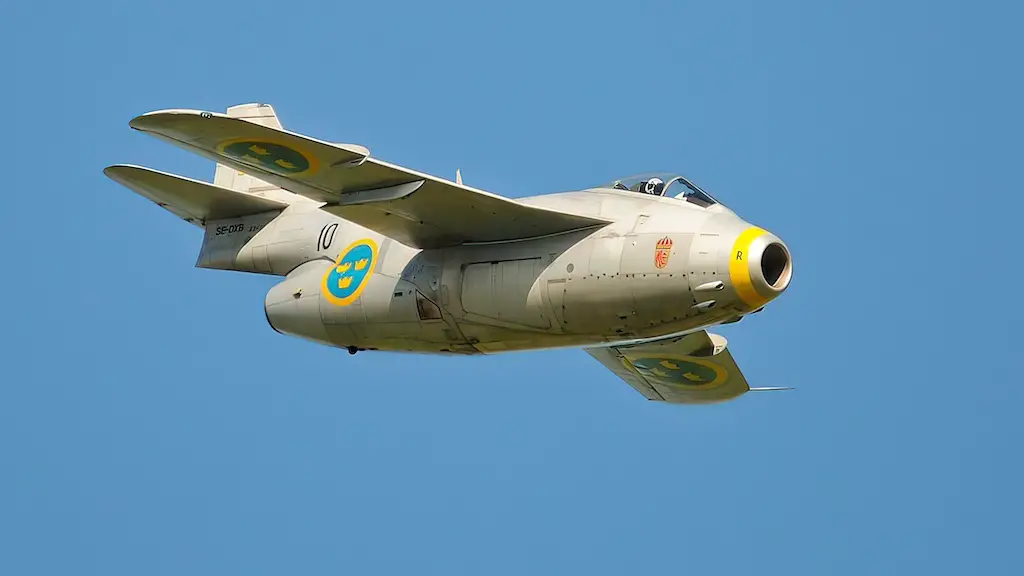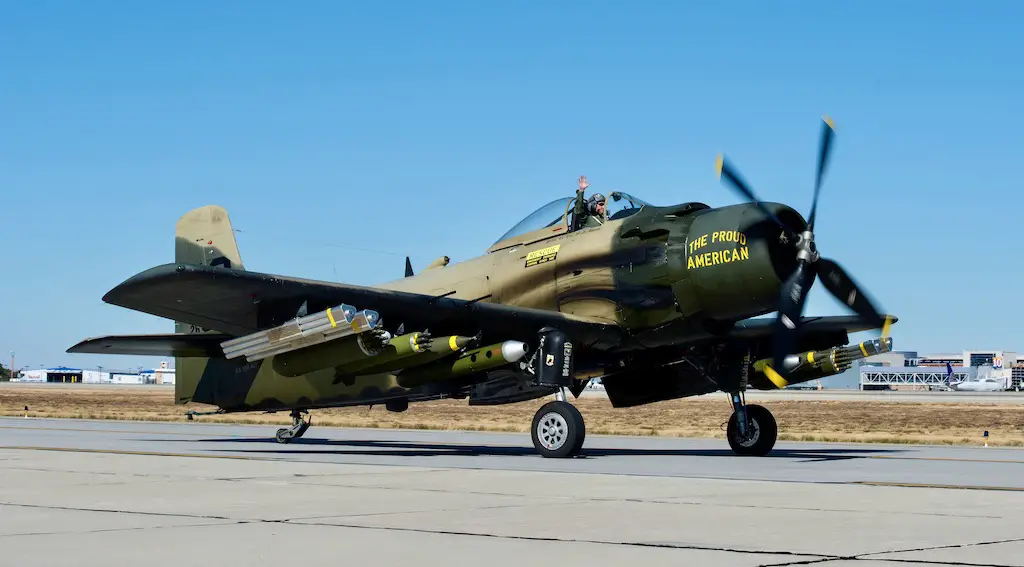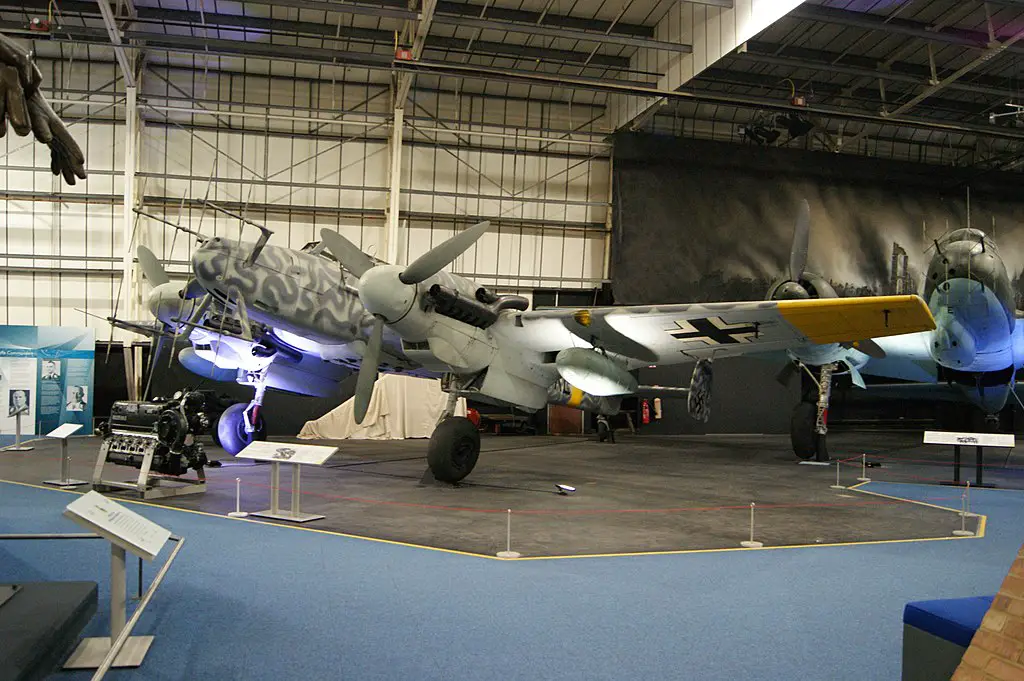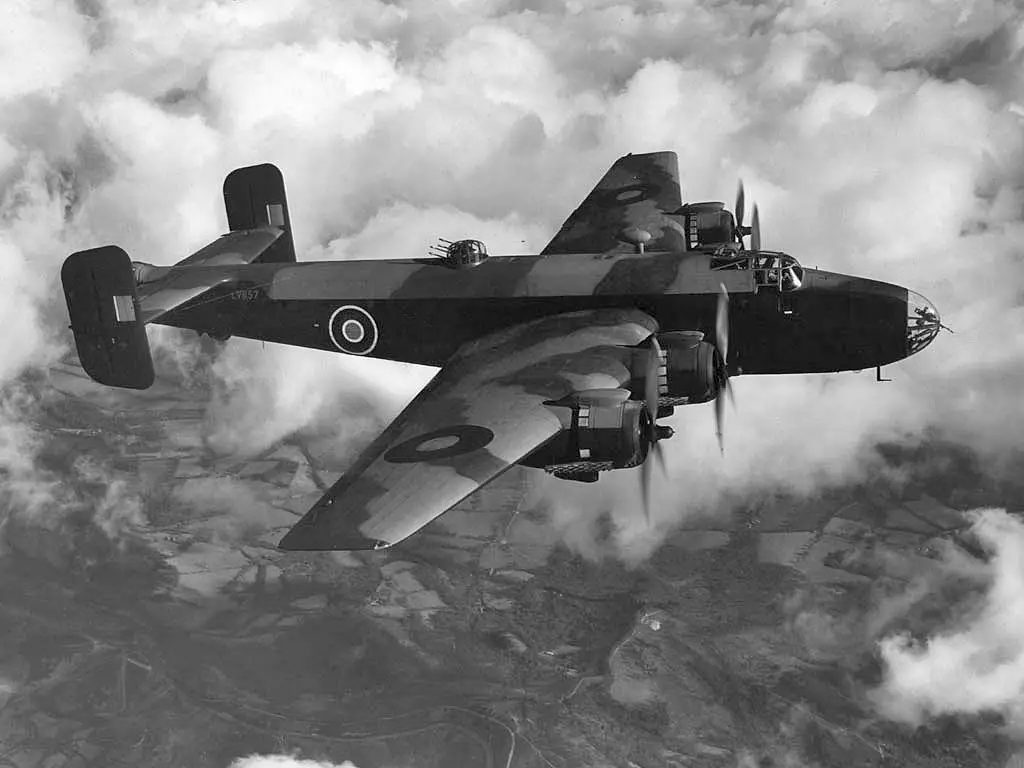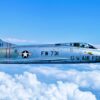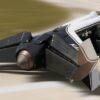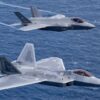Night’s Silent Hunter
The arena of World War II night fighting was a perilous realm, characterized by limited visibility, primitive instrumentation, and the lurking danger inherent to the clandestine skies. Amid this nocturnal chaos, pilots navigated a lethal ballet, dictated by stealth, precision, and instinct. Within this elite corps of night fighters, one name resonated with unparalleled distinction: Heinz-Wolfgang Schnaufer, nicknamed “The Spook of St. Trond.”
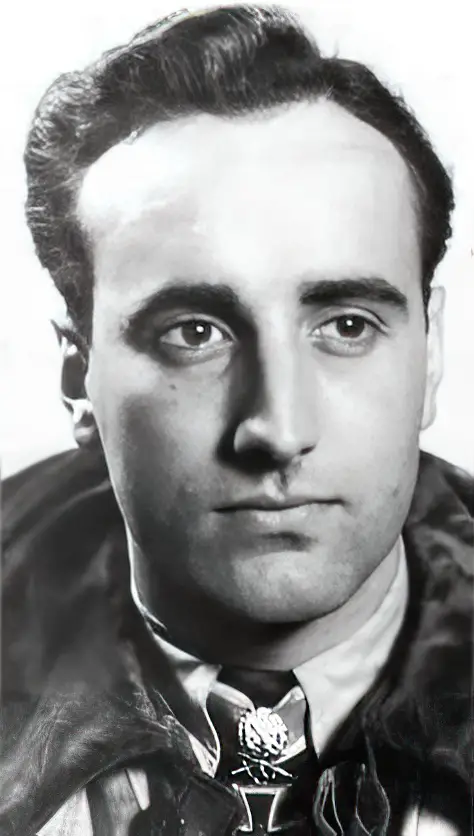
The Sky Beckons
Born in 1922 in Calw, Germany, Schnaufer was ingrained with a fervent drive and fascination for flight from a young age. The son of a winery owner, he grew up under the ominous shadows of the Weimar Republic and Nazi Germany. Already piloting gliders during his school years, Schnaufer joined the Luftwaffe in 1939. A rigorous period of training ensued, culminating with his posting to Nachtjagdgeschwader 1 (NJG 1), the famed 1st Night Fighter Wing, in November 1941. This marked the beginning of his storied combat career, which would see him climb the ranks and accrue victories with calculated determination.
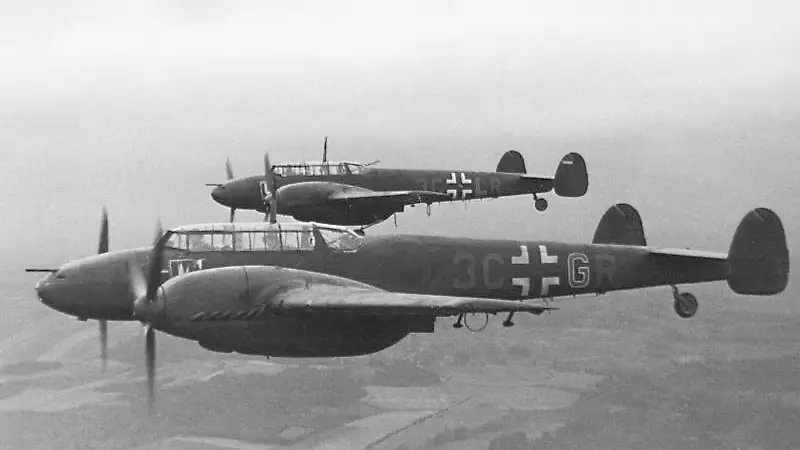
Mastering the Bf 110
Within the confines of NJG 1, Schnaufer spent significant time mastering the Messerschmitt Bf 110, a versatile and potent night-fighter aircraft. The Bf 110 provided the necessary speed, firepower, and stability for nocturnal engagements, making it an ideal choice for pilots like Schnaufer who thrived under the cloak of darkness. The installation of cutting-edge (for its time) Lichtenstein radar further enhanced its capabilities, granting the pilots a crucial advantage in detecting and tracking enemy bombers in the night sky.
The Night of Triumph
June 1, 1942, marked a pivotal moment in Schnaufer’s career as he claimed his first aerial victory. During a perilous night, he skillfully engaged and downed a Handley Page Halifax bomber south of Louvain in Belgium. This triumph was not just a personal accolade but a manifestation of meticulous training, acute situational awareness, and the relentless pursuit of mastery over his airborne domain. From this point onward, the night skies would bear witness to Schnaufer’s growing tally of downed enemy aircraft.
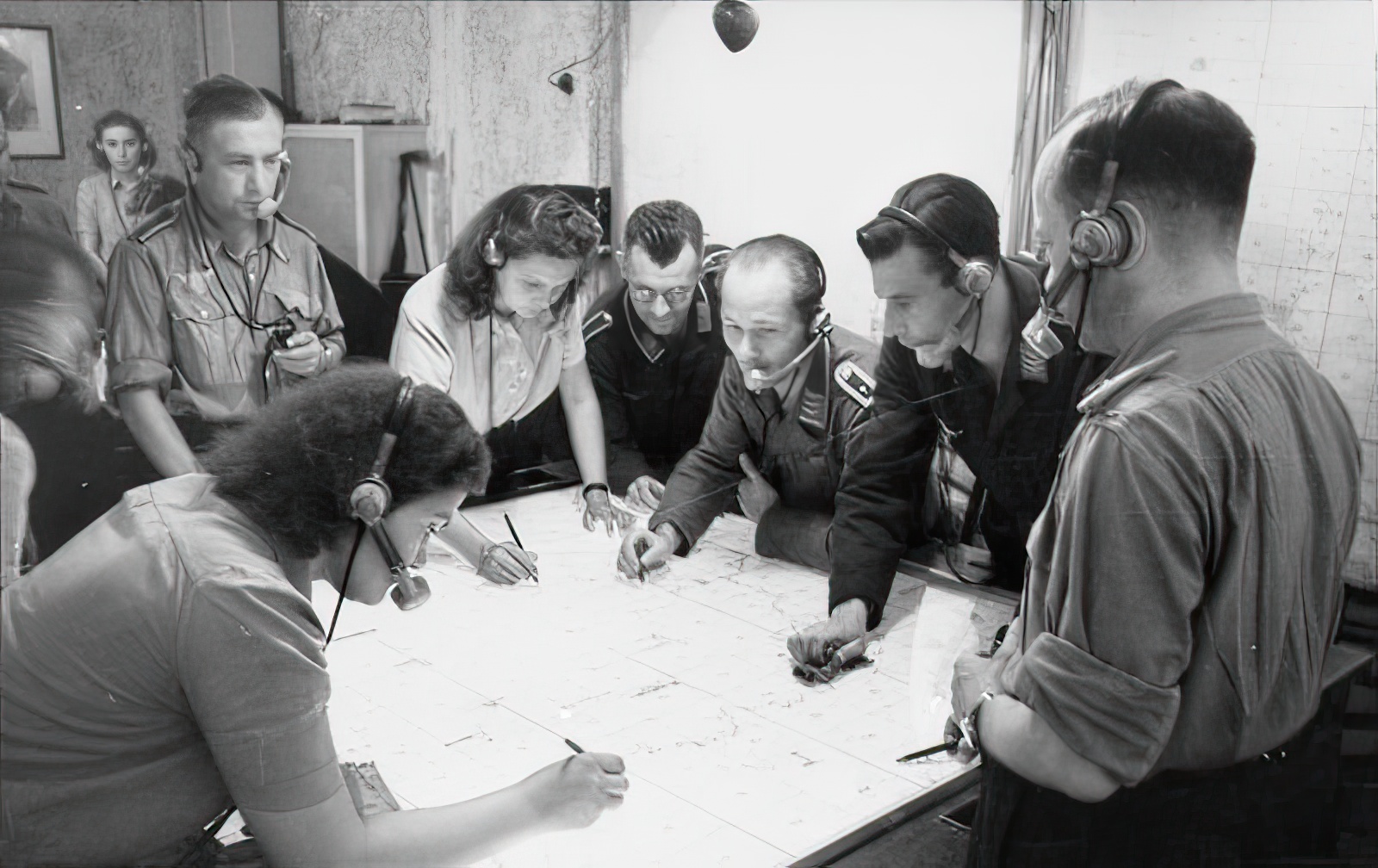
Ascending the Apex
As World War II progressed, so did Schnaufer’s relentless tally of victories. Each night sortie brought with it a potent mix of danger and opportunity. With precision and a keen understanding of the nocturnal combat environment, Schnaufer engaged enemy bombers with deadly efficiency. By October 1944, he had achieved an astounding 100 aerial victories, primarily against British four-engine bombers.
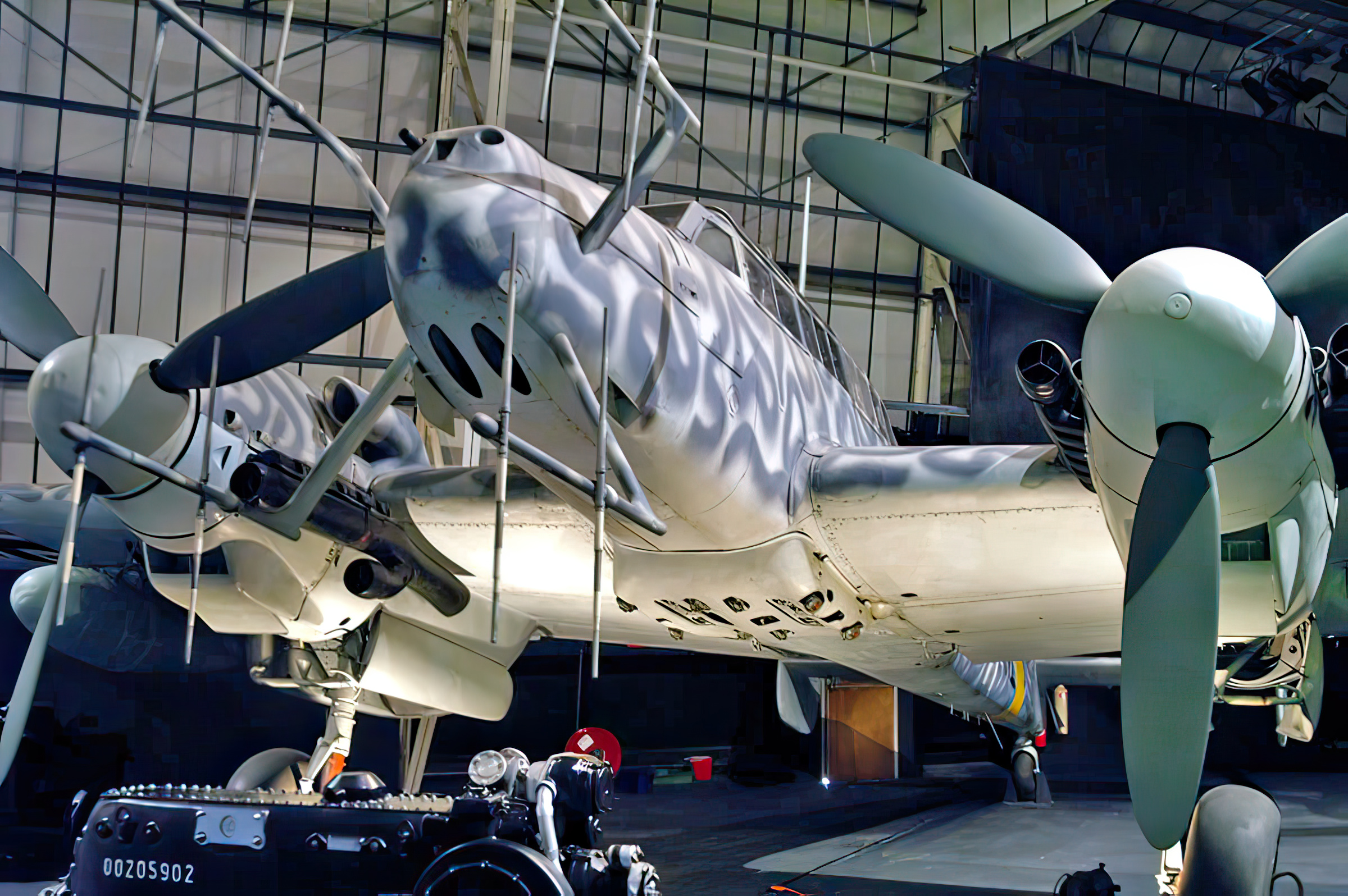
Life Beyond the Cockpit
The echoes of war eventually subsided, giving way to a world reshaped and scarred by the conflict. For Schnaufer, the post-war era marked a return to civilian life and the family wine business. As he navigated through the vineyards, perhaps reminiscing about the nights spent soaring above, he contributed to rebuilding the business until a tragic car accident in 1950 cut his life short. Yet, in the annals of aerial warfare, the legacy of Heinz-Wolfgang Schnaufer, the unparalleled night-fighter ace, continues to soar.
